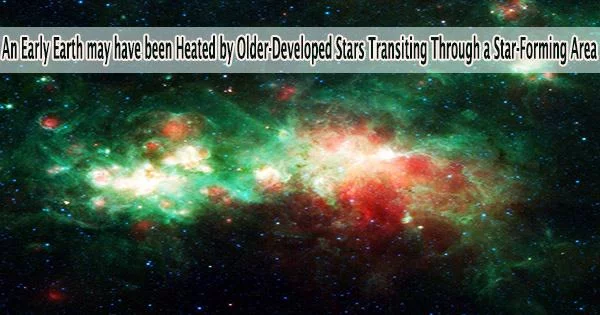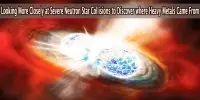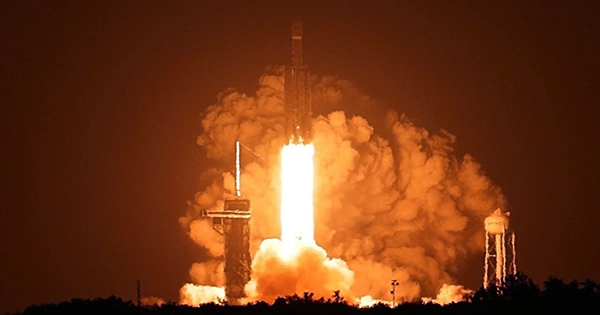The passing of a “retired” asymptotic giant branch (AGB) star through a young star-forming zone has been seen by researchers from the Universities of Sheffield and London’s Imperial College.
Using the Gaia satellite, a 740 million € mission to record the positions of billions of stars in our galaxy, the researchers determined that this contact took place in one of the regions where they believe stars like our sun must develop.
The research team can precisely locate interloping stars thanks to Data Release 3, the most current data release from Gaia. These trespassers are stars that are travelling through the area but did not originate there. The team had previously discovered youthful interloping stars, but they have now discovered an AGB a much older, developed star passing through a region.
Previous research has shown that these retired AGB stars produce large quantities of radioactively unstable chemical elements, Aluminum-26 and Iron-60. Aluminum-26 and Iron-60 are believed to have dominated the early internal heating of Earth because they were introduced to our young solar system at the time of planet creation.
A breathable atmosphere on Earth is supported by plate tectonics, which may have been indirectly influenced by Aluminum-26 and Iron-60. The amount of Aluminum-26 and Iron-60 that may have been absorbed by a star like our sun as it created its planets has been computed by the research team.
Gaia is revolutionizing our ideas about how stars form, and then subsequently move in the galaxy. This discovery of an old, evolved star in close proximity to young planet-forming stars is a wonderful example of the power of serendipity in scientific research.
Dr. Christina Schoettler
Dr. Richard Parker, a lecturer in Astrophysics in Department of Physics and Astronomy at the University of Sheffield, and the lead author of the study published in The Astrophysical Journal Letters, said, “Until now, researchers have been skeptical that these old, evolved stars could ever meet young stars that are forming planets, so this discovery reveals much more about the dynamics, relationships and journeys of stars.”
“By showing that AGB stars can meet young planetary systems, we have shown that other sources of Aluminum-26 and Iron-60, such as the winds and supernovae of very massive stars, may not be required to explain the origin of these chemical elements in our solar system.”
Dr. Christina Schoettler, an Astrophysics research associate in the Department of Physics at Imperial College London, identified the AGB star in the Gaia DR3 data. She says, “Gaia is revolutionizing our ideas about how stars form, and then subsequently move in the galaxy. This discovery of an old, evolved star in close proximity to young planet-forming stars is a wonderful example of the power of serendipity in scientific research.”
To determine how prevalent these retiring interlopers are, the next stage in this research is to look for other evolved stars in regions that are just beginning to create stars.
















